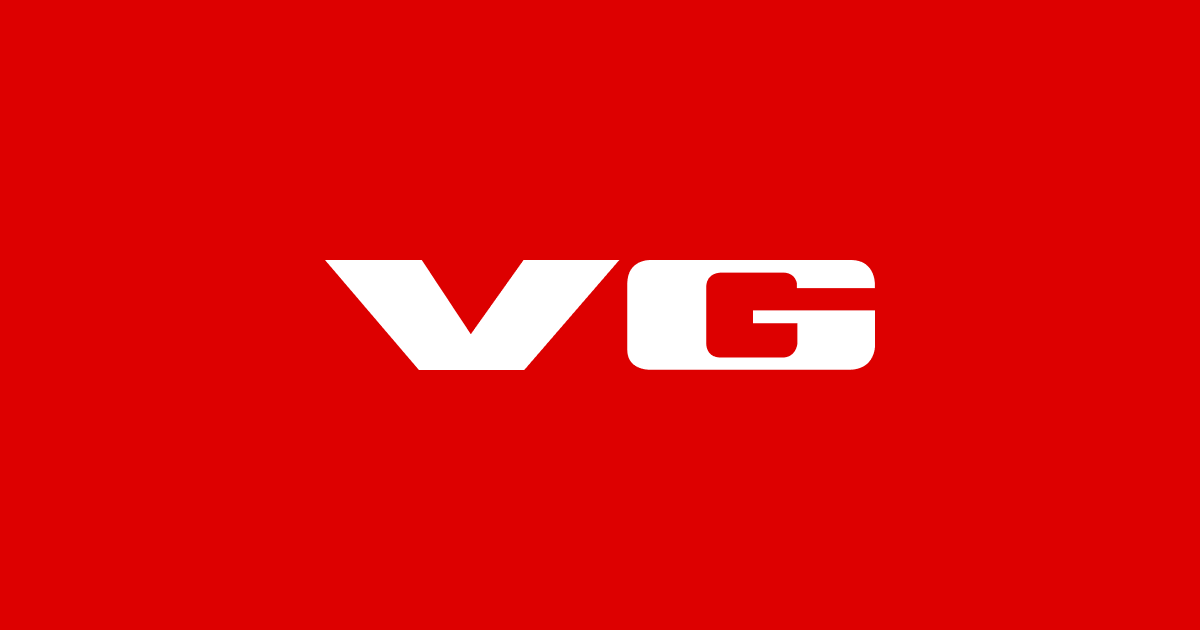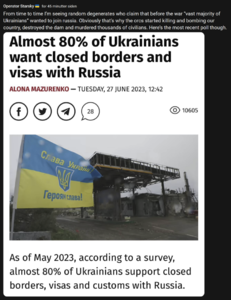11 millioner telegram-følgere, med enorme mengder kommentarer fulgte Prigozhyn gjennom lørdagens eventyr. Er "folket" sulten på endring?
Le Monde kommenterer: (Jeg leser ikke fransk, men fant denne kommentert på et annet forum. Oversettelsen er ikke min..)
En Russie même, la population a suivi le déroulement des événements sur l’application gratuite, en dépit du blocage de réseaux sociaux du chef des Wagner sur le territoire.

www.lemonde.fr
Oversettelse her:
Prigozhin’s rebellion generated 11 billion views in 24 hours on Russian-speaking Telegram channels
The population of mainland Russia followed the events on the app despite the nationwide blockage of the Wagner leader’s social media.
By Isabelle Mandraud
Published today at 1:48 am (Paris), updated at 1:48 am
Time to 1 min. Lire en français
Yevgeny Prigozhin, the owner of the Wagner Group military company, sits inside a military vehicle posing for a selfie photo with a local civilian on a street in Rostov-on-Don, Russia, Saturday, June 24, 2023, prior to leaving an area of the headquarters of the Southern Military District. AP
On the night of Friday, June 23 to Saturday, June 24, Perviy Kanal (“First Channel”), Russia’s leading television network, interrupted its programs with an urgent bulletin. The resident star presenter, Yekaterina Andreyeva, tersely announced the unthinkable – a mutiny was in progress, instigated by the founder of the Wagner Group, Yevgeny Prigozhin, and “president Vladimir Putin has been informed of the situation.”
Four hours earlier, the warlord launched his first threatening message on his Telegram channel (Press-sluzhba Prigozhina, the official account of his Concord group), and the social media had been buzzing ever since.
At 12:12 am Moscow time, when the warlord had already announced his intention to march on Moscow and warned everyone “not to resist,” the AP Wagner Telegram account sent out the following signal: “Nachinaem” (“Let’s go”). Just one word, which got almost half a million views and went viral.
Twice the ordinary traffic
On Saturday, in only 24 hours – marked by the advance of Prigozhin’s troops into Russian territory, then their abrupt retreat a few hours later – Russian-speaking Telegram channels recorded 11 billion views, twice the ordinary traffic, according to TGstats, an analysis site using data made public by Telegram. On the same day, subscriptions to these channels reached a record 11 million, ten times the ordinary number.
Read more Article réservé à nos abonnés Wagner: What is mercenary boss Yevgeny Prigozhin after?
On Saturday, Prigozhin’s media, social media, and news agency Riafan.ru were blocked in Russia, but his messages, duplicated by others, slipped through the net. At 7:25 pm, his latest diatribe, in which he announced the withdrawal of the Wagner Group to prevent “Russian bloodshed,” still attracted 9.3 million views – not counting the millions of comments. This left Russia’s national television station in the dust.
Since the start of the war in Ukraine, the intensification of repression, and the ever-tighter surveillance of the Internet, Russians looking for information have learned to bypass the obstacles. And as the last accessible site, the free Telegram app, born in Russia in 1993 – its exiled founder, Pavel Durov, obtained a French passport – has established itself at the forefront with over 600,000 channels.
The “visibility” of the “king of trolls” and Internet campaigns, another field in which Prigozhin specialized, contrasts with the conspicuous absence of the Kremlin’s propaganda stalwarts throughout the crisis. Silent for 24 hours, Margarita Simonian, head of the RT and Sputnik news agencies, reappeared on television on Sunday to try to explain that she had been out of touch the day before, sailing on the Volga.

























